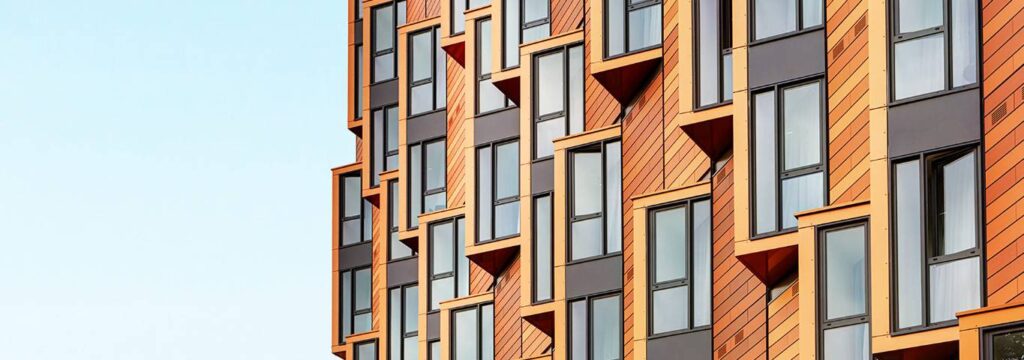Understanding the risks associated with architectural cladding is crucial for protecting buildings from hidden threats. While durable and aesthetically pleasing, cladding materials can be vulnerable to lesser-known dangers. By understanding these lesser known or oft-unexpected dangers, you can remain on top of upkeep.
This blog will shed light on some of these hidden threats and provide practical tips to mitigate them effectively.
7 Risks To Be Cautious Of With Cladding
Moisture Penetration and Water Damage
Architectural cladding systems are susceptible to moisture penetration, which can lead to significant damage. Identifying potential sources of water intrusion, such as gaps, cracks, or faulty seals, is essential. Regular inspections, prompt repairs, and proper waterproofing techniques are key to preventing and addressing moisture-related issues.
Corrosion and Material Degradation
Different cladding materials, like metal, wood, or composite, are at risk of corrosion and degradation. Environmental factors such as moisture, salt, and pollutants contribute to this deterioration. Zinc cladding, for instance, is a durable and weather-resistant choice, but it can be vulnerable during the patina process.
Thermal Expansion and Contraction
Understanding the effects of thermal warping or cracking is crucial for minimizing their impact. Design considerations, such as proper allowance for expansion and contraction, can help mitigate these issues. Expert guidance in material selection and installation techniques can ensure cladding systems can withstand thermal stresses.
UV Radiation and Color Fading
Choosing UV-resistant materials and finishes can significantly prolong the lifespan of cladding. Regular cleaning, maintenance, and periodic recoating help maintain the visual appeal and performance of cladding systems.
Mold, Mildew, and Insects
Prevention and early detection are key to combating biological issues. Proper ventilation, moisture control, and routine inspections help minimize the risk of biological infestations. Swift remediation and addressing underlying causes are essential to prevent further damage.
Improper Installation and Workmanship
Improper installation and poor workmanship pose significant risks to architectural cladding. Adhering to industry standards and guidelines ensures a quality installation. Selecting qualified and experienced cladding professionals mitigates installation risks and ensures long-term durability.
Overcladding
Overcladding is real, and it can lead to hidden threats such as trapped moisture, fire hazards, or concealed structural damage. Proper planning and execution are essential for successful cladding projects. Thorough inspections and consultations with experts help identify potential risks and ensure their mitigation.
Conclusion
Architectural cladding is an innovative protective and structural measure, but it’s not without hidden threats. With proper understanding and proactive measures, these risks can be mitigated effectively. Stay informed, remain vigilant, and protect your architectural investments for years to come.

